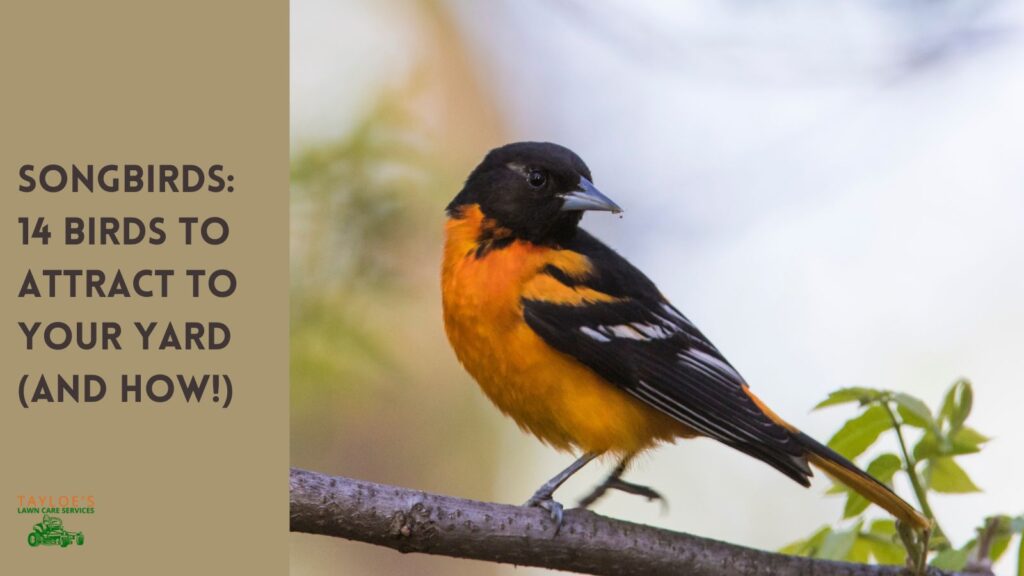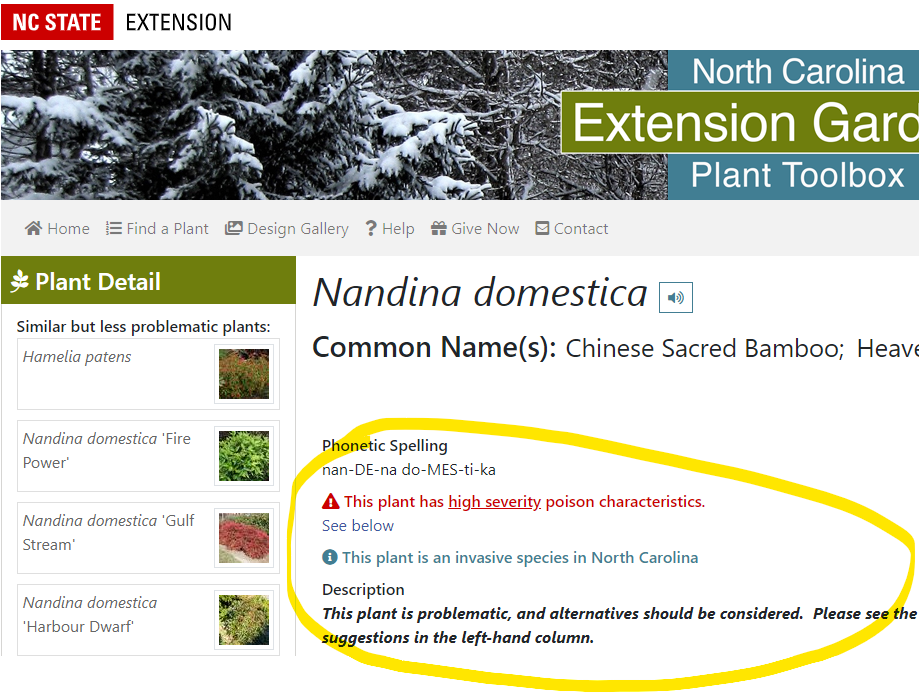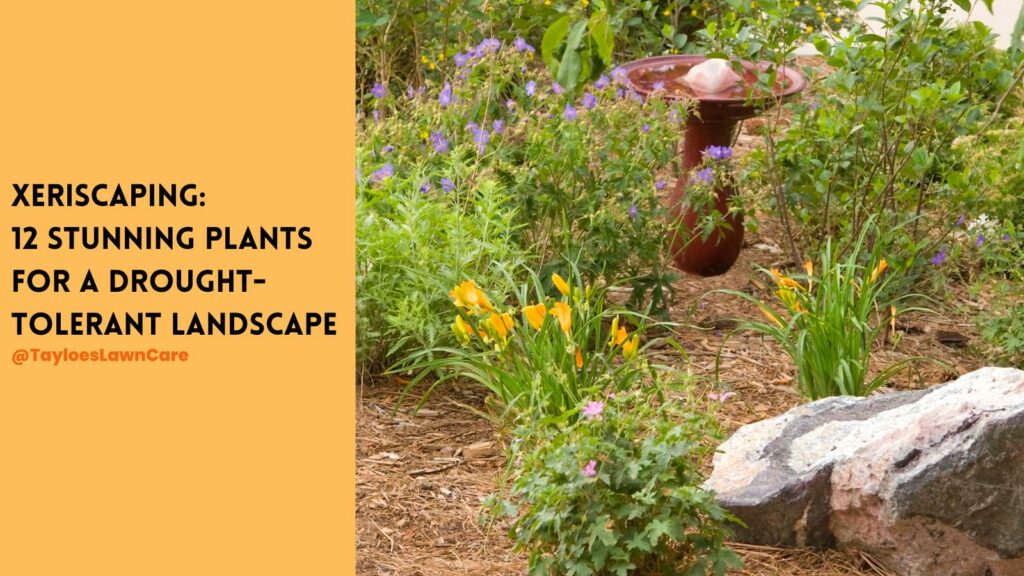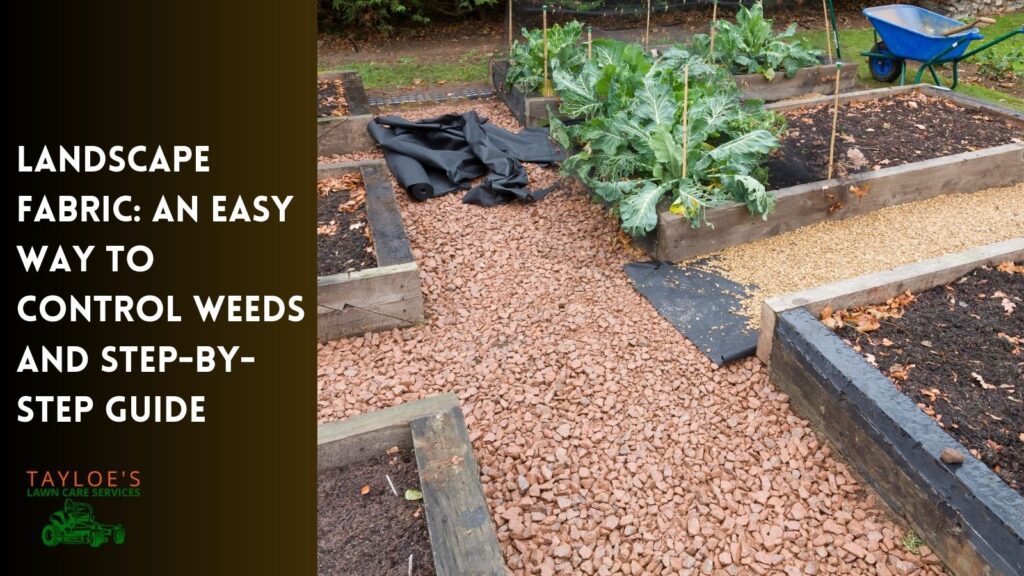Last Updated on: 15th January 2024, 07:16 am
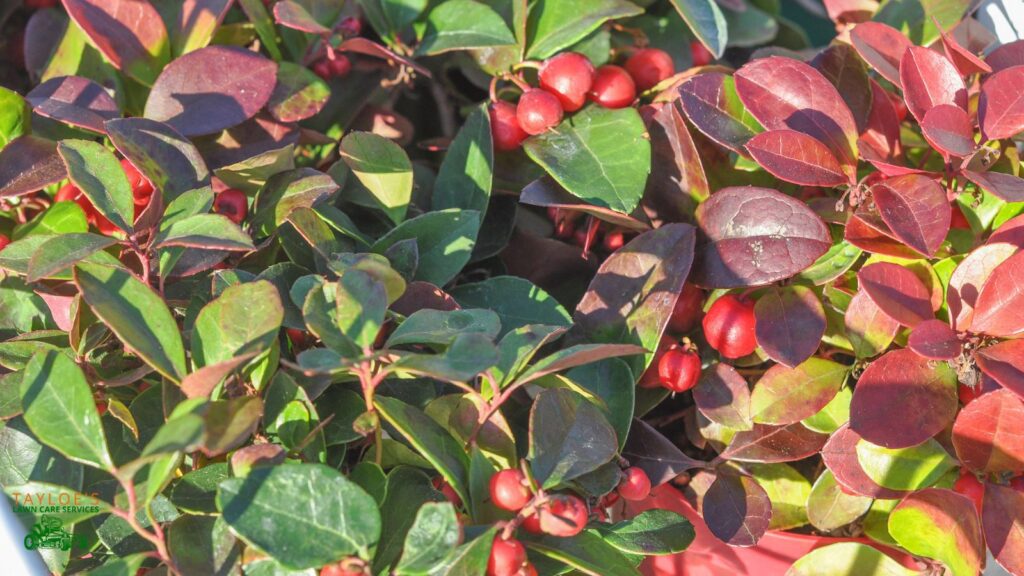
Nandina berries contain cyanide – not so heavenly after all.
So many gardeners adore Nandina domestica, Heavenly Bamboo. At first looks, it’s certainly lovely. It has vibrant foliage and is hardy by nature.
However, this seemingly harmless plant hides a dark secret: it’s a silent killer of native bird species.
This content will discuss the lesser-known side of Nandina. We should not plant it in North Carolina despite its good looks. You will also read about some safer alternatives – native species supporting a healthier garden. The information you’ll read is crucial for anyone passionate about preserving local bird populations.
What Is Nandina?
Nandina domestica, or Heavenly Bamboo, is a popular ornamental shrub native to Eastern Asia. It’s cherished for its evergreen foliage, which changes color throughout the seasons, and its clusters of bright red berries. Nandina is also known for its robustness and ability to thrive in various soil types and weather conditions, making it a low-maintenance choice for gardeners.
Despite its common name, Nandina is not a true bamboo. Rather, it’s a Berberidaceae family member. It can grow up to eight feet tall and is often used as a privacy screen or decorative element in gardens. The plant’s aesthetic versatility and resilience contribute to its widespread use in landscaping across different climatic zones.
However, Nandina’s ornamental value masks its harmful side effects. Unknown to many, the plant poses significant threats to local ecosystems, particularly native bird species.
This dichotomy between its beauty and its underlying dangers forms the core of the growing concern among ecologists and bird conservationists.
The Threat to North Carolina’s Native Birds
The primary concern with Nandina domestica lies in its bright red berries, which are highly toxic to birds. These berries contain cyanogenic glycosides, compounds that release cyanide when digested. Birds, attracted naturally to the berries’ vivid red hue, consume them without knowing the lethal consequences. The ingested cyanide can cause rapid death or serious illness in birds.
A 2010 study published in Veterinary Medicine International discussed an incident where birds, particularly cedar waxwings, suffered mass fatalities due to Nandina berry consumption. These birds, known for their fruit-eating habits, are particularly vulnerable. Autopsies often reveal Nandina berries in their stomachs, confirming the cause of death. This issue is not limited to cedar waxwings; other berry-eating birds are at risk, too, posing a significant threat to biodiversity.
Moreover, the problem intensifies because Nandina berries remain on the plant throughout winter, when natural food sources are scarce, and birds are more likely to eat them. The impact on bird populations is immediate and can have long-term ecological consequences. By reducing bird numbers, Nandina indirectly affects the pollination and seed dispersal of other native plants, further disrupting local ecosystems.
Environmental Impact Beyond Birds
Beyond its threat to birds, Nandina domestica’s environmental impact extends further. It’s an invasive species in several regions, including North Carolina, per NC State University. That designation is because they’re famous for outcompeting native flora for resources. Its hardiness, rapid growth, and prolific seed production, aided by bird dispersal, allow it to dominate landscapes quickly, reducing biodiversity.
Invasive plants like Nandina alter habitats, making them less hospitable for native wildlife. They can change soil chemistry and hydrology, affecting plant life, insects, amphibians, and other small creatures that depend on a balanced ecosystem. Furthermore, removing invasive species like Nandina is often challenging and costly, requiring ongoing management and resources.
The cultivation of Nandina, therefore, poses broader environmental risks than just bird toxicity. Its role in ecosystem imbalance highlights the need for responsible planting choices that consider long-term ecological health over short-term aesthetic appeal.
Safer Alternatives to Nandina
For gardeners looking to replace Nandina with safer, bird-friendly options, numerous attractive alternatives can provide similar aesthetic appeal without the ecological downsides.
Here are some suggestions for more suitable native species:
- American Holly (Ilex opaca): A native species known for its beautiful red berries and evergreen leaves. Unlike Nandina, its berries are safe for birds and provide essential winter food.
- Serviceberry (Amelanchier): Offering stunning white spring blossoms and edible berries, Serviceberry is a great choice for visual beauty and wildlife support.
- Winterberry (Ilex verticillata): This native shrub dazzles with its bright red berries that persist into winter, providing a crucial food source for birds.
- Viburnum Species: With various species, Viburnums offer attractive foliage, flowers, and bird-friendly berries. They are versatile and can fit into any garden design.
- Dogwood (Cornus): Known for their striking flowers and red berries, Dogwoods are excellent Nandina alternatives that support a range of wildlife.
These alternative plants not only enhance the beauty of gardens but also support local ecosystems. They provide food and habitat for birds, beneficial insects, and other wildlife, contributing to your yard’s biodiversity and ecological balance.
And they don’t produce bird-killing berries.
What Can Gardeners Do?
For gardeners who currently have Nandina in their landscapes, here are some ways you can help to minimize its impact on birds:
- Remove and Replace: The most effective solution is to replace Nandina plants with non-toxic, native alternatives. Ensure proper disposal to prevent further spread.
- Prune Berries: If removal is not immediately possible, regularly prune the berry-producing parts of the plant, especially before they ripen and disperse.
- Educate and Advocate: Share information about Nandina’s risks with fellow gardeners and community members. Advocacy for native and safe planting can have a broader impact.
- Consult Local Experts: Contact local nurseries or extension services for advice on removing Nandina and selecting appropriate native plants for your area.
Taking these steps helps protect bird populations and contributes to the health and diversity of local ecosystems.
The Takeaway: Avoid Planting Heavenly Bamboo to Save Birds
Heavenly bamboo may offer certain aesthetic benefits. However, its harmful effects on native birds and ecosystems are simply too high to overlook. Homeowners can do their part in protecting wildlife and preserving biodiversity by choosing bird-friendly and environmentally sustainable alternatives.
Awareness and action against planting Nandina will save the lives of countless birds. Let’s make our gardens safe havens for wildlife and a source of natural beauty.
Do you have heavenly bamboo to get rid of and need a hand? Give Tayloe’s Lawn Care Services, LLC a call – 252.287.3376. We can help you remove it and replace it with a bird-friendlier option.
Author Profile

- Deborah Tayloe is the CEO and co-founder of Tayloe's Lawn Care Services, LLC. She has a B.S.Ed and holds certificates in soil and water management and herbology from accredited programs.
Latest entries
 GardeningSeptember 27, 2025What perennials, shrubs, and trees don’t like fall pruning (and why)?
GardeningSeptember 27, 2025What perennials, shrubs, and trees don’t like fall pruning (and why)? Trees and ShrubsSeptember 14, 2025Fall Shrub Pruning Guide (September–October)
Trees and ShrubsSeptember 14, 2025Fall Shrub Pruning Guide (September–October) Trees and ShrubsApril 22, 2025Boxwood Blight: Early identification and isolation
Trees and ShrubsApril 22, 2025Boxwood Blight: Early identification and isolation Flower GardenApril 8, 2025John F. Kennedy Rose: Hybrid tea rose with elegant white blooms
Flower GardenApril 8, 2025John F. Kennedy Rose: Hybrid tea rose with elegant white blooms

